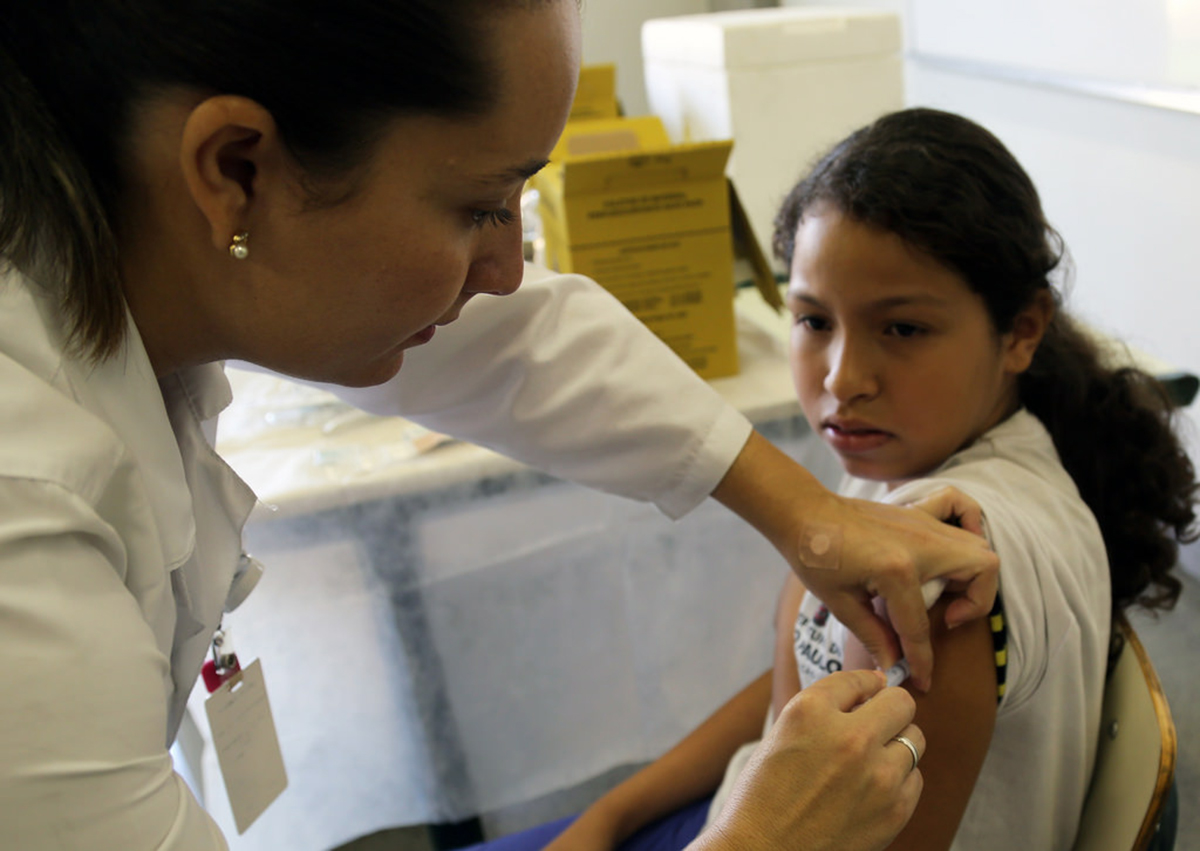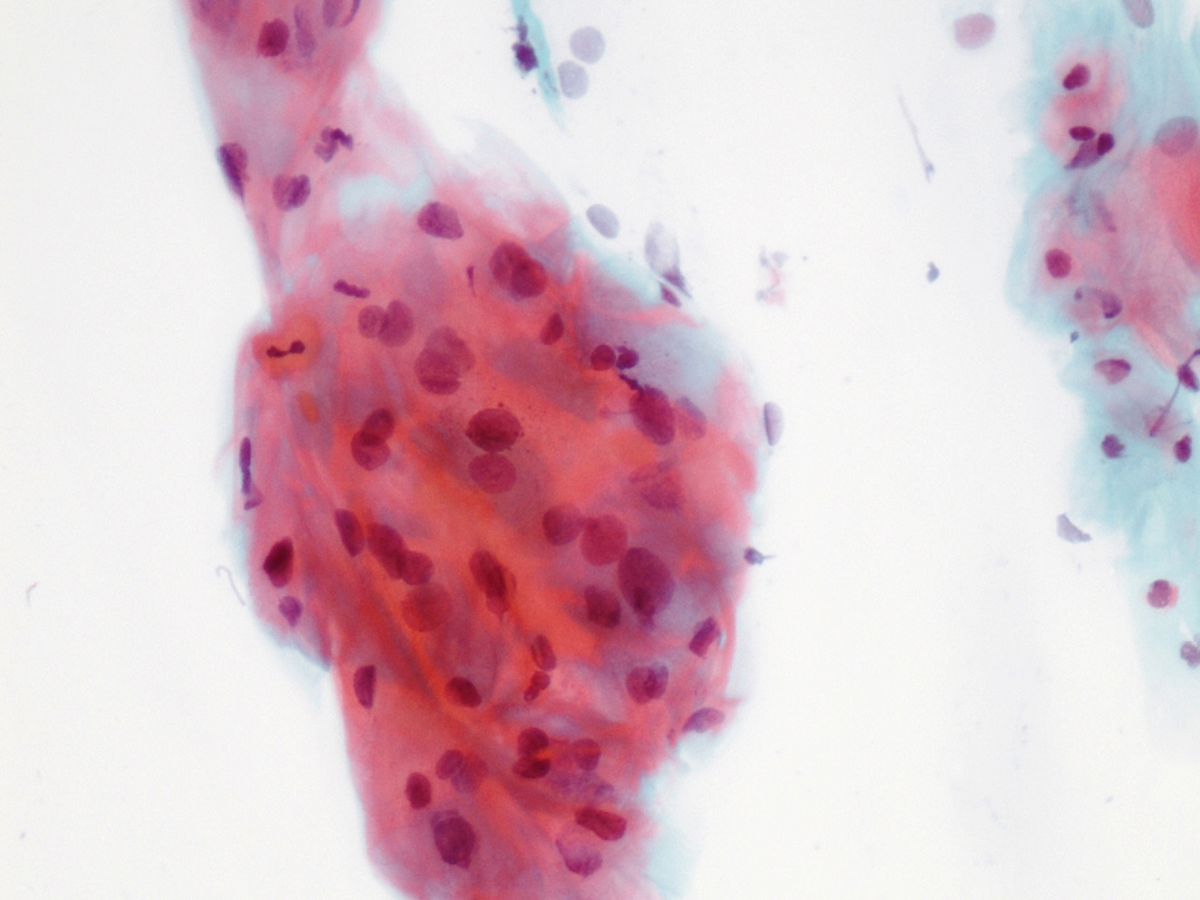Human papiullomavirus, also known as HPV, is probably the most common sexually transmitted disease in the world. Just in the United States, the CDC estimates, 1.6 million people have genital herpes, 1.6 million people have chlamydia or gonorrhea, but 20 million are infected with HPV, and before the introduction of the Gardasil vaccine, another six million were infected with HPV every year.
The virus is more common in the United States than other countries, but another 10 million people worldwide have symtpoms of infection. HPV infections are also relatively common in Scandinavia, where they are found in about 7 percent of the population. The virus is most frequently found in young, sexually active females aged 15 to 34, in proportion to how often they have sex, but not in proportion to how many partners they have. In some communities in the US and Europe, up to 25 percent of the population has anogenital HPV.

Not everyone who is infected with HPV develops cancer. However, nearly every woman who develops cervical cancer first had an HPV infection, as did:
- 90 percent of persons (most commonly men) who develop anal cancers,
- 40 percent of women who develop vulvar cancers,
- 40 percent of women who develop vaginal cancers,
- 12 percent of men and women who develop thorat cancer, and
- 3 percent of men and women who develop oral cancer.
Aren't There Side Effects To Gardasil?
Do You Need The New HPV Vaccine?

- The bivalent (two-strain) vaccine is recommended as the minimum protection for girls so that they do not later develop cervical cancer.
- The tetravalent (four-strain) vaccine is recommended as the minimum protection for boys so that they do not develop genital warts.
- The nonavalent (nine-strain) vaccine is recommended to give about 15 percent greater protection against cervical cancer in females and 10 percent greater protection against HPV-related anal and oral cancers in males.
- The HPV vaccine is given as a series of shots at starting at age 11 or 12, before children are usually sexually active. Many parents object to the idea that their child might be inclined to have sex at that age, but the idea is to make sure that no matter what the child does or does not do, he or she will not contract the virus.
- If a child misses the vaccine at age 11 or 12, it is still a good idea to take the series of shots up to age 21 in males and up to age 26 in females, that is, there is added protection against cancer up to those ages.
- Not every doctor will have access to every vaccine. It's not a good idea to delay vaccination until the nine-strain vaccine is available. Girls can benefit from any of the three vaccines available now, and boys can benefit from either the four-strain or nine-strain versions of the product.
- There is not currently a recomendation for or against giving the nine-strain version of the vaccine after administration of the two- or four-strain versions have already been completed. However, it is not prohibited or advised against.
- Laurie Markowitz, M.D. Common Questions About 9-Valent HPV Vaccine. CDC Expert Opinion. http://www.medscape.com/viewarticle/846509. Accessed 2 July 2015.
- Photo courtesy of PAHO/WHO via Flickr: www.flickr.com/photos/pahowho/13383711693
- Photo courtesy of Manuel Medina (Patólogo) via Flickr: www.flickr.com/photos/97815254@N06/9438070523


Your thoughts on this